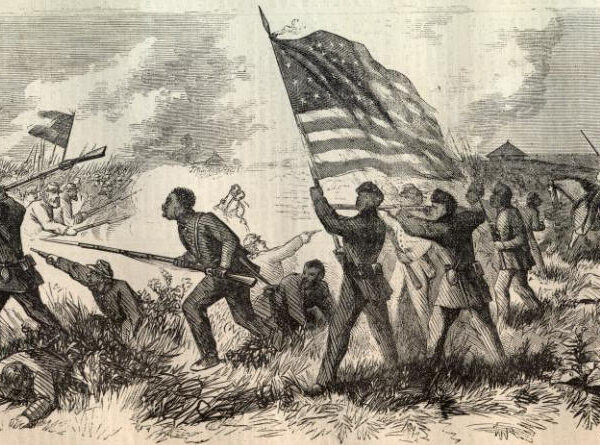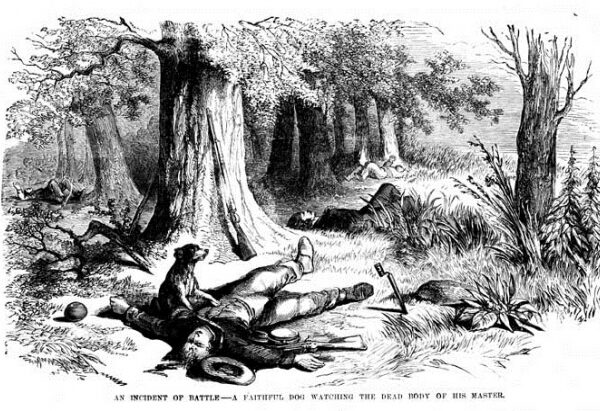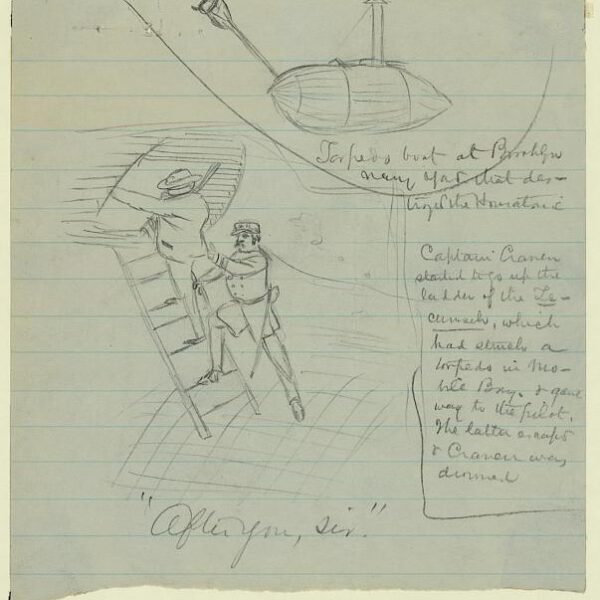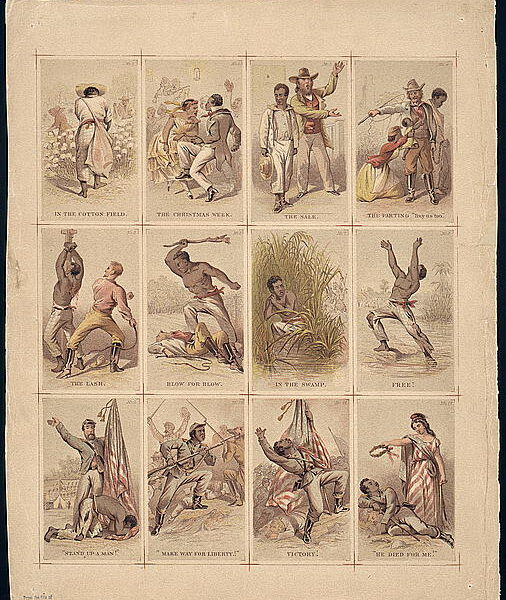
“In the arts of life man invents nothing; but in the arts of death he outdoes Nature herself, and produces by chemistry and machinery all the slaughter of plague, pestilence, and famine.”
—George Bernard Shaw
Ingenuity was wielded as a weapon during the American Civil War, with inventors plying their trade in the “arts of death,” as Shaw put it. One newspaper, noting that the “inventive faculty of the country is in the Northern States,” put out a colorful call:
Our countrymen at large should be encouraged by the government to direct their attention forthwith to the improvement of all sorts of instrumentalities . . . Let our Yankees go to work, and we doubt not but that they will soon be able to turn out some unheard of and undreamed of implement or missile which will sweep our enemies from the face of the earth. Take our word for it, these geniuses will yet produce some patent Secession-Excavator, some Traitor-Annihilator, some Rebel-Thrasher, some Confederate State Milling Machine, which will grind through, shell out, or slice up this war, as if it were a bushel of wheat or an ear of corn or a big apple.1
The key to the paper’s entreaty and promise was the phrase, “should be encouraged by the government.” Fortunately, Abraham Lincoln brought some technological competence to the White House. During the war years, he took a great personal interest in the development and testing of new weapons. As president, one of Lincoln’s favorite haunts was the Navy Yard where the intelligent and able Commander John A. Dahlgren headed the Navy’s ordnance department.
However, inventors were often rebuffed by overworked, uninterested, or overly conservative personnel in the Army’s Ordnance Bureau (sometimes justly so). Some inventors wrote directly to Lincoln with their ideas, but even the president’s indulgent secretaries could only let so many through. What inventors needed was a cheerleader: an organ that would foster, cajole, debunk, advise, and put pressure on the government to accept innovation.
Inventors and mechanics found that advocate in Scientific American magazine. As America’s oldest continuously published magazine, it has delivered opinion and news about developments in technology for more than 150 years. Founded as a weekly broadsheet by Rufus Porter in 1845, the magazine has attracted the attention of inventors and scientists both famous (legend has it that, as a boy, Thomas Edison walked three miles each week to get his copy) and obscure and now boasts more than a million readers around the globe.
The Scientific American of the nineteenth century was targeted primarily toward inventors and machinists — more like today’s Popular Mechanics than its own modern counterpart, which reports on the cutting edge of theoretical science. During the Civil War, Scientific American played an important role by fostering and reporting on innovations that had an impact on the battlefields and waters, while weathering wartime crises of its own.
Beginning with the May 11, 1861, issue, which featured a “Map of the Seat of War,” dozens of issues during the Civil War featured front page engravings and reports on technological advances in weaponry, which the editors called “the grim enginery of war.” The engravings included improvements in cannon (revolving, giant, and “war engines”), projectiles, rifles (breechloading, self-loading, repeating, and automatic), camp accoutrements (chests, tents, and bakeries), field fortifications, and shipbuilding (turrets, monitors, ironclads, floating batteries, and submarines).
One of the truly unique features of Scientific American was a weekly section entitled “Notes and Queries.” The magazine received more than a hundred pieces of mail each day. Many letters regarded mundane business matters but most were questions from aspiring architects of destruction that trusted the magazine’s staff to comment on the feasibility or originality of their ideas. During the Civil War, Scientific American responded to hundreds of potential advances in military technology sent by readers; sometimes dubiously:
M.F., of Ill. — Your shell filled with chloroform and cayenne pepper would be a very harmless affair.2
A.F.F, of Vt. — The attachment of knives to cannon balls in such manner as to be closed when the ball is placed in the gun, and thrown out when the ball is discharged is a very old idea. We do not know whether such balls have ever been used; we never heard of their use.3
And sometimes enthusiastically, to some very futuristic ideas:
H.L., of N.Y. — Spectacles which would enable persons to see at night would be very useful, and, no doubt, very profitable to the discoverer. They would be of great advantage to night-scouting parties.4
(The first night-vision devices were not employed until the 1930s!)
M.K., of Ill. — An arrangement of reflectors and lenses which would send a focus of light and heat two or three miles, without diminishing its intensity, so that it would set objects on fire with the same facility as an ordinary sunglass, would be novel.5
(A Civil War “death ray”!)
But one of my favorite wartime ideas comes not from the magazine’s readers, but rather the editors:
SUBJECTS FOR INVENTION
For the convenience of our inventive readers, we subjoin a catalogue of subjects or problems that may, we think, be advantageously conned over with a view to further discovery or improvement…
A Pocket Telegraph Instrument to be operated without connecting wires; capable of being carried in the pocket like a watch, and to be in sympathetic relation to another similar instrument possessed by a distant friend or correspondent.6
Sound like a cell phone to you?! Remarkable! Note that they didn’t state “someday we’ll have these”: they saw the immediate need! Imagine the impact on the battlefield!
Our forefathers (and mothers!) had more technological “savvy” than you might think!
James M. Schmidt is the author or editor of three books on the Civil War. He is a biotech research scientist near Houston, Texas, and blogs at Civil War Medicine.
Image Credit: Scientific American, author’s personal collection.
Notes:
(1) From Philadelphia Enquirer, quoted in Scientific American, August 3, 1861, p. 75.
(2) Scientific American, May 24, 1862, p. 334.
(3) Scientific American, June 15, 1861, p. 382.
(4) Scientific American, July 6, 1861, p. 14.
(5) Scientific American, September 21, 1861, p. 190.
(6) Scientific American, November 30, 1861, 346.




